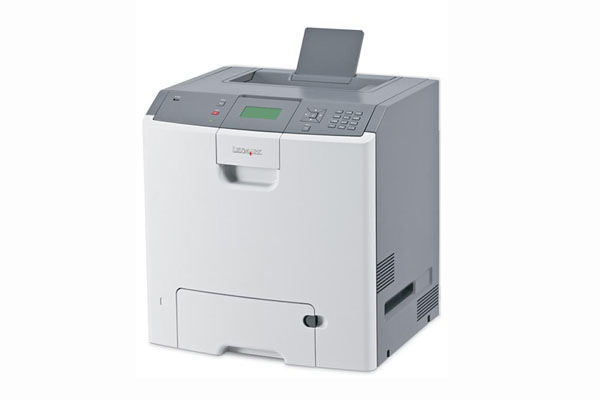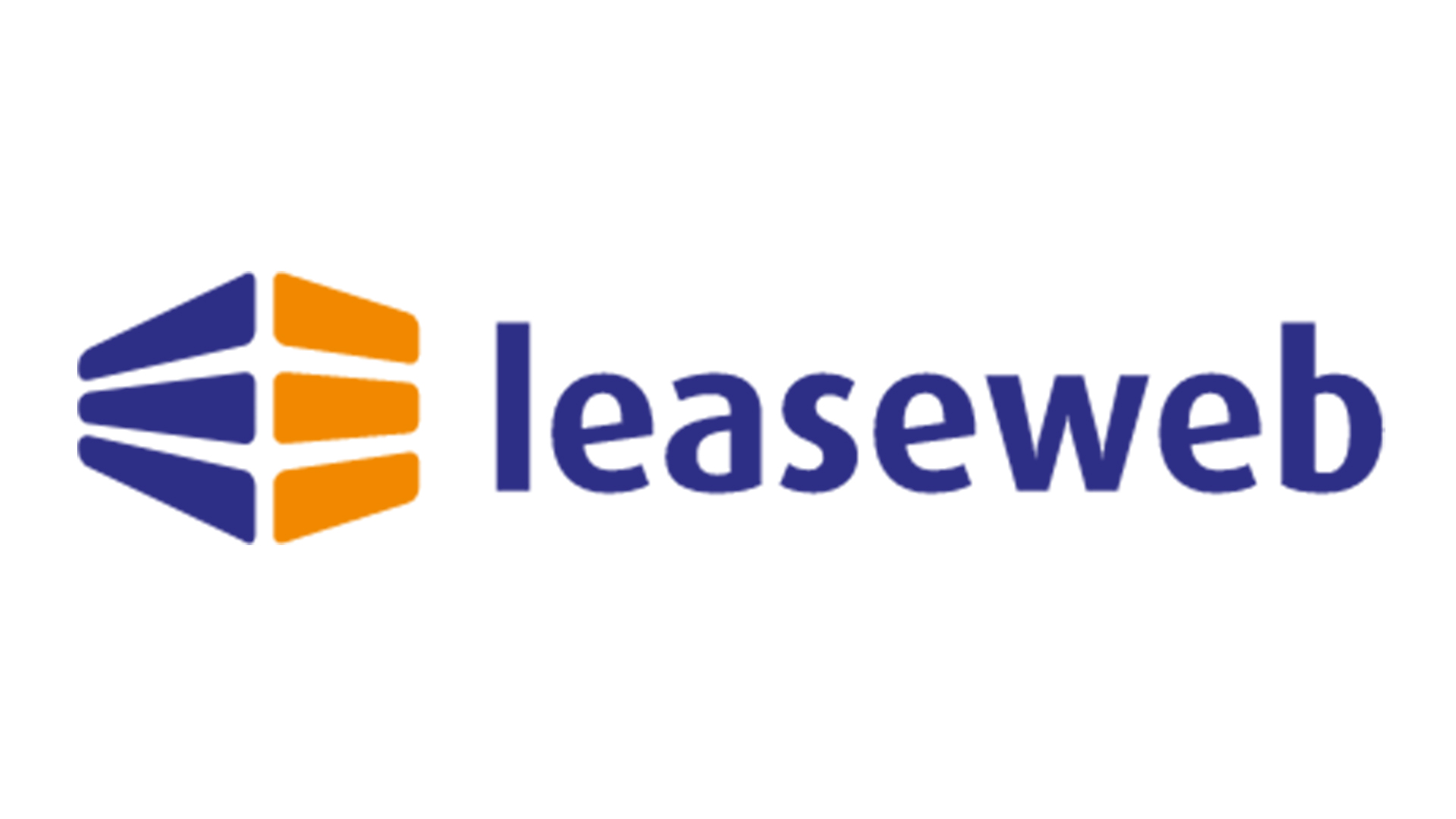Lexmark C736dn - colour laser printer review
Lexmark wants to supply medium to large workgroups with fast, and cost effective quality colour printing. Has it succeeded with the Lexmark C736dn?

This is a well-designed colour laser printer for medium and large workgroups. It's fast, produces good quality text and colour graphics and includes modern facilities, such as walk-up printing from USB drives. It's particularly strong on paper handling, though only from the input end and running costs are competitive.
Lexmark claims a speed of 33ppm for the C736dn, printing black or colour. As usual, these speeds are derived without considering processing time or fuser warm-up, but in this case the printer has an instant-on fuser, so starts printing almost immediately. Even so, we saw a maximum speed of 25ppm on our 20-page black text document. This is pretty quick, but speeds dropped to around 16ppm for five-page black text and text and colour graphics jobs.
The printer has an automatic duplexer fitted as standard and the printer doesn't take as big a hit when printing duplex as many of its rivals. This may have something to do with the unusual feed regime, where it takes in pages two at a time, printing the first sides of each, before turning them and printing the reverse sides. A 20-side, black text document ran at 18spm, fast enough for the machine to be set to print duplex by default, with consequent savings in paper costs.
Print quality for black text is excellent, with clean and sharp characters right down to small print sizes and no signs of toner spatter to fuzz things up. Colour output is vivid, though with some slight haloing around black text over colour. Although the colours were a little bright in our photo test print, the machine managed to reproduce shadow detail better than most.
Although toner, photoconductor drums and the waste toner bottle have different service intervals, making maintenance tricky, they each have relatively long service lives.
If you use the high-capacity toner, which makes sense economically, you only need to refresh black and colour every 12,000 and 10,000 pages, respectively (though 8,000 and 6,000 page units are supplied in the box). Drums last 20,000 pages, as does the waste bottle, so a regular maintenance schedule shouldn't be too onerous.
Using typical internet prices for consumables gives an ISO black cost per page of 1.15p, with 8.42p for ISO colour. Both these figures are very reasonable for this class of machine.
Overall, this is a success for Lexmark and we're happy to recommend it.
Sign up today and you will receive a free copy of our Future Focus 2025 report - the leading guidance on AI, cybersecurity and other IT challenges as per 700+ senior executives
Verdict
This is a well-designed colour laser printer for medium and large workgroups. It's fast, produces good quality text and colour graphics and includes modern facilities, such as walk-up printing from USB drives. It's particularly strong on paper handling, though only from the input end and running costs are competitive.
DPI: 1,200 x 1,200dpi, 33/33ppm A4 colour laser printer Paper tray: 1 x 550 sheet paper tray + 100 sheet multi-purpose tray Duty cycle: 2,500 – 10,000 pages per month average Connections: USB 2, Ethernet Languages: PCL 6 and PostScript L3 in emulation Features: Duplex print, USB drive port, fast print
-
 Google DeepMind CEO Demis Hassabis thinks this one area of the tech industry is probably in an AI bubble
Google DeepMind CEO Demis Hassabis thinks this one area of the tech industry is probably in an AI bubbleNews AI startups raising huge rounds fresh out the traps are a cause for concern, according to Hassabis
By Ross Kelly Published
-
 Everything you need to know about Google and Apple’s emergency zero-day patches
Everything you need to know about Google and Apple’s emergency zero-day patchesNews A serious zero-day bug was spotted in Chrome systems that impacts Apple users too, forcing both companies to issue emergency patches
By Nicole Kobie Published
-
 Ronald Richardson to lead Leaseweb’s global commercial strategy
Ronald Richardson to lead Leaseweb’s global commercial strategyNews The experienced executive has been named Leaseweb’s new CRO as the IaaS provider embarks on the next phase of its growth journey
By Daniel Todd Published